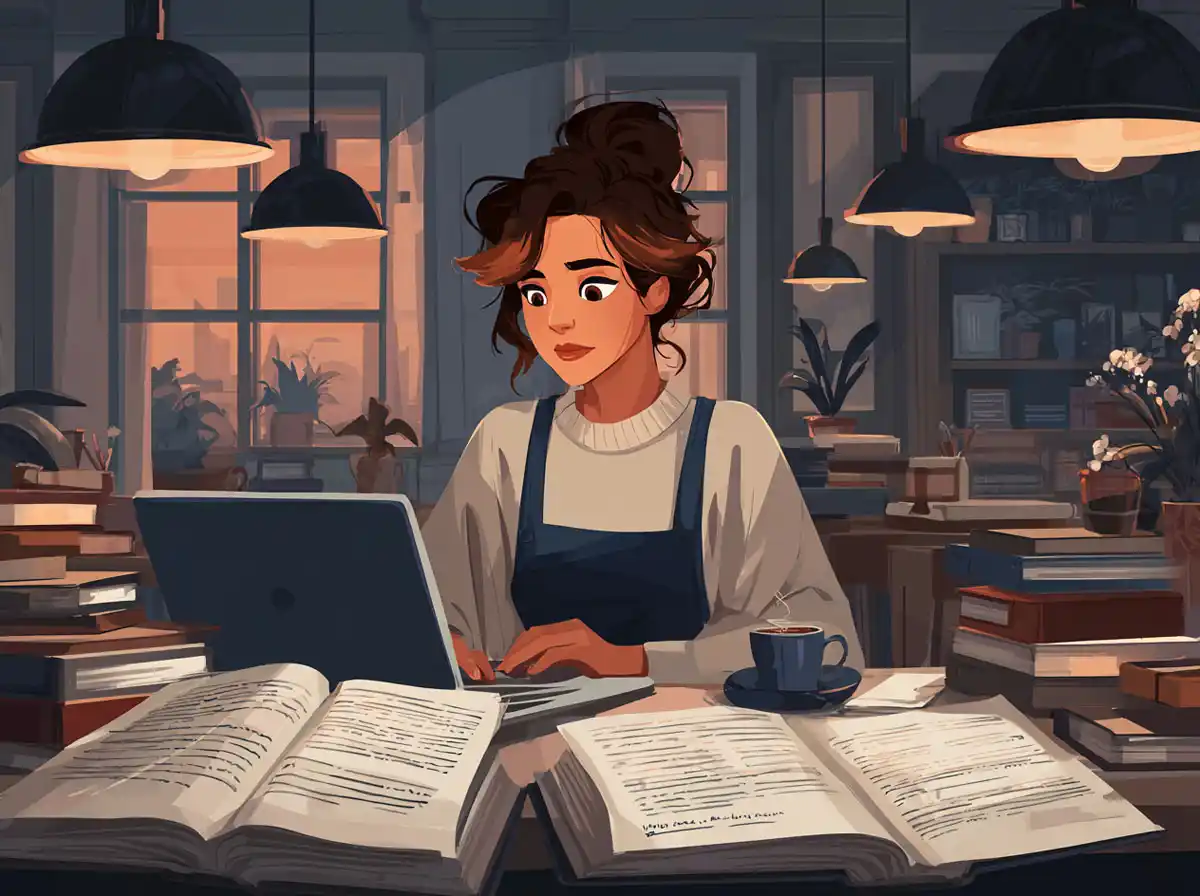Musik (Music)
Musik refers to organized sound used for artistic or aesthetic pleasure. In Indonesian, it is the general term for music of any genre or style.
Saya suka mendengarkan musik jazz saat santai di rumah.
Seni (Art)
Seni is the Indonesian word for art, encompassing all creative expressions, including painting, sculpture, and performance.
Galeri itu memiliki koleksi seni kontemporer yang luar biasa.
Lukisan (Painting)
Lukisan refers to the act of painting or a painting itself, a piece of art created using paint.
Lukisan itu menggambarkan pemandangan alam yang indah sekali.
Patung (Sculpture)
Patung is the term for a sculpture or a three-dimensional artwork made by shaping or combining hard materials.
Patung perunggu tersebut ditempatkan di tengah taman kota.
Melukis (To paint)
Melukis is the verb form of painting, referring to the action of creating a painting.
Dia sedang melukis potret keluarga di studio seninya.
Menggambar (To draw)
Menggambar means to draw, involving creating a picture with pencils, pens, or other drawing instruments.
Anak-anak itu sedang asyik menggambar di kelas seni.
Mengukir (To carve)
Mengukir refers to the art of carving, the act of using tools to shape something from a material by scraping away portions of that material.
Pengrajin itu sedang mengukir desain yang rumit pada kayu.
Nada (Note)
Nada means a musical note, the pitch and duration of a sound in music.
Dia belajar untuk mengenali nada-nada yang berbeda pada pianonya.
Akor (Chord)
Akor is a group of notes sounded together, as a basis of harmony in music.
Gitaris itu memainkan akor G dengan sempurna.
Melodi (Melody)
Melodi refers to a sequence of notes that are musically satisfying; a tune.
Lagu itu memiliki melodi yang sangat mudah diingat.
Ritme (Rhythm)
Ritme is the systematic arrangement of musical sounds, principally according to duration and periodic stress.
Drummer itu sangat ahli dalam menciptakan ritme yang kompleks.
Harmoni (Harmony)
Harmoni is the combination of simultaneously sounded musical notes to produce a pleasing effect.
Paduan suara itu menciptakan harmoni yang indah dengan suara mereka.
Simfoni (Symphony)
Simfoni is a long piece of music to be played by an orchestra, often in several movements that differ in tempo, mood, and character.
Simfoni No. 5 Beethoven adalah salah satu karya musik klasik paling terkenal.
Orkestra (Orchestra)
Orkestra refers to a large group of instrumentalists playing together, particularly classical music.
Orkestra itu sedang berlatih untuk pertunjukan besar mereka minggu depan.
Pameran (Exhibition)
Pameran is an event in which objects such as artworks are put on display for public viewing.
Saya akan mengunjungi pameran lukisan itu di museum lokal akhir pekan ini.
Galeri (Gallery)
Galeri is a room or building for the display or sale of works of art.
Galeri di pusat kota itu sering mengadakan pameran untuk seniman muda.
Incorporating these words into your vocabulary will allow you to engage more deeply with Indonesian music and art whether you’re discussing your favorite melodi or exploring a galeri. Music and art are universal languages, but having the specific vocabulary in Indonesian enriches the conversation. Selamat belajar! (Happy learning!)










